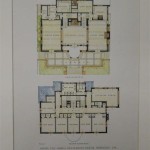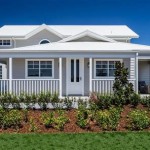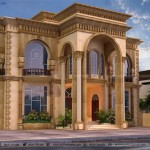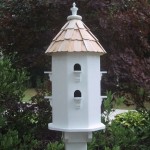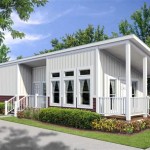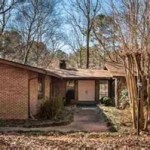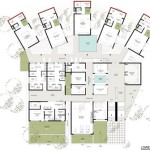Essential Aspects of Traditional Korean Home Plans
Traditional Korean homes, known as hanok, are architectural masterpieces that embody the rich cultural heritage of Korea. These homes are designed to be in harmony with nature and provide a comfortable living space for families. Understanding the essential aspects of hanok plans is crucial for appreciating their unique features and functional layout.
Layout and Structure
Hanok are typically built around a central courtyard, which serves as a source of natural light and ventilation. The rooms are arranged around the courtyard, with the main living quarters facing south to maximize sunlight. The structure of a hanok consists of a wooden frame with a thatched roof, supported by stone foundations. The walls are made of clay and paper, providing insulation and allowing for breathability.
Ondol Heating System
One of the most distinctive features of hanok is the ondol heating system. This underfloor heating system utilizes hot air from a wood-burning stove to heat the floors throughout the house. The heat radiates upward, providing a comfortable and energy-efficient way to warm the home during cold winters.
Maru and Daecheong
The maru is a raised wooden platform that extends from the main room into the courtyard. It serves as a semi-outdoor space where family members can gather, relax, and enjoy the outdoors. The daecheong is a larger, covered porch that provides protection from the elements and offers a transition space between the interior and exterior.
Internal Design and Furnishings
The interior of a hanok is characterized by its simplicity and elegance. The rooms are often divided by paper screens or wooden panels, allowing for flexibility in space utilization. Traditional Korean furnishings include low tables, cushions, and storage chests. The use of natural materials such as wood, bamboo, and stone creates a warm and inviting atmosphere.
Symbolism and Cultural Significance
Hanok plans are imbued with symbolic and cultural significance. The central courtyard represents the harmony between nature and human habitation. The maru symbolizes the connection between the family and the outside world. The use of traditional materials and construction techniques reflects the Koreans' deep respect for their ancestors and their environment.
Modern Adaptations
While traditional hanok continue to be cherished and preserved, modern adaptations have emerged to meet the changing needs of contemporary living. Many new homes incorporate hanok design elements such as courtyards, ondol heating, and natural materials to create a blend of traditional and modern aesthetics.
Conclusion
Traditional Korean home plans are a testament to the ingenuity and artistry of Korean culture. Their emphasis on harmony with nature, functional design, and symbolic significance has stood the test of time. Understanding these essential aspects provides a deeper appreciation for the beauty, practicality, and cultural heritage of hanok, ensuring their preservation and continued relevance in modern Korean architecture.

Plan Of General Korean Traditional Hanok House Plans

Popular 26 Korean Traditional House Plans Hanok

11 Hanok Plan Ideas Korean Traditional House

Hanok House Floor Plan Traditional Korean Plans Unique Studio Gaon Youngchae Park Siinmal Building Divisare The Remodeling Of A Симс

Eugene Hanok Culture Center Dongdaemun Seoul South Korea In 2024 Traditional House Plans Korean

Seoul Hanok

Building A Hanok In The Us Lots Of Questions Fine Homebuilding

Millwall Stay Architects Archdaily

Hanok Korean House Friendly Korea

Sustaility Free Full Text Zero Emission Buildings In Korea History Status Quo And Future Prospects

